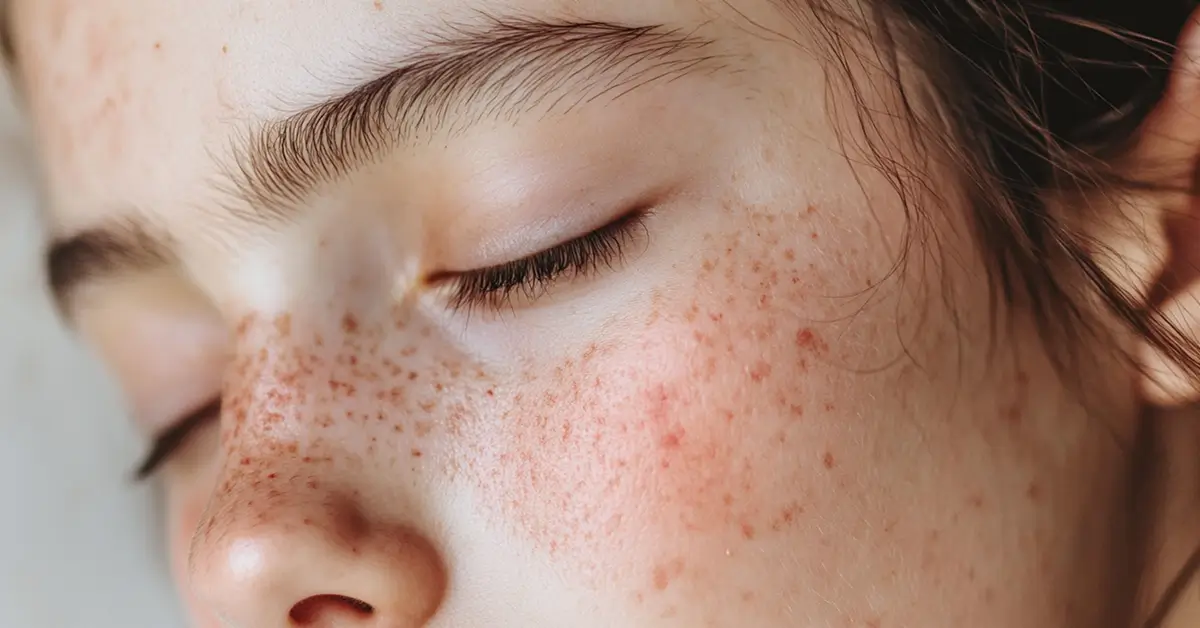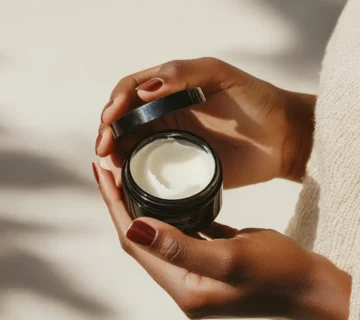Ruddy skin is often described as a reddish or flushed complexion. While it can be a natural skin tone for some, persistent redness can indicate an underlying issue. Understanding what causes ruddy skin and how to manage it can help you maintain a healthier, more even complexion.
What Is Ruddy Skin?
Ruddy skin refers to a consistently red or flushed appearance. It often affects the cheeks, nose, and forehead. This redness might result from increased blood flow, inflammation, or skin sensitivity. While it’s sometimes genetic, other causes may be environmental or medical.
Common Causes of Ruddy Skin
Sun Exposure
Prolonged sun exposure can lead to broken capillaries and permanent redness. UV rays also damage the skin, triggering inflammation that worsens redness.
Weather Conditions
Cold, dry air or wind can strip moisture from your skin, making it appear rough and red. Sudden temperature changes can also dilate blood vessels, giving skin a flushed look.
Diet and Alcohol
Spicy foods, caffeine, and alcohol can trigger facial flushing in some people. These items increase blood flow to the skin, intensifying redness.
Skin Sensitivities
Harsh skincare products or over-exfoliation can break the skin’s barrier, leading to irritation and a ruddy appearance.
Underlying Health Conditions
Rosacea
Rosacea is a chronic inflammatory skin condition that causes redness, visible blood vessels, and sometimes acne-like bumps. It often begins with flushing and can become more persistent over time.
Lupus
Lupus is an autoimmune disease that can cause a red, butterfly-shaped rash across the cheeks and nose. Ruddy skin can be one of its visible signs.
High Blood Pressure
Elevated blood pressure can lead to facial flushing, especially in the cheeks and nose. It’s usually temporary, but frequent episodes may require medical evaluation.
Eczema and Psoriasis
These conditions lead to inflamed, red, and scaly patches. When they occur on the face, they can mimic or contribute to ruddy skin.
Simple Fixes and Skincare Tips
Gentle Cleansing
Use a mild, fragrance-free cleanser to avoid irritating sensitive skin. Avoid hot water, which can worsen redness.
Moisturize Regularly
Choose a moisturizer with ingredients like ceramides, hyaluronic acid, or niacinamide. These help strengthen the skin’s barrier and reduce redness.
Sun Protection
Daily sunscreen is a must. Use a broad-spectrum SPF 30 or higher, and opt for mineral sunscreens with zinc oxide or titanium dioxide for sensitive skin.
Anti-Redness Serums
Products with green tea, chamomile, or licorice extract can soothe inflamed skin. Azelaic acid and niacinamide are also beneficial for reducing redness.
Avoid Triggers
Track your diet and environment to identify personal redness triggers. Avoid harsh weather exposure and limit alcohol or spicy food intake.
When to See a Dermatologist
If your ruddy skin doesn’t improve with skincare changes or if it worsens, see a dermatologist. Persistent redness can be a sign of a chronic condition needing professional treatment.








